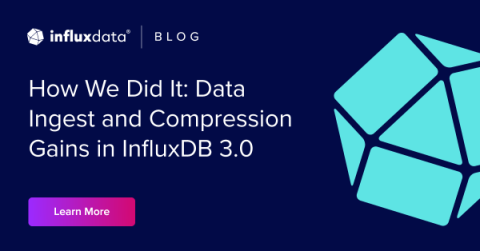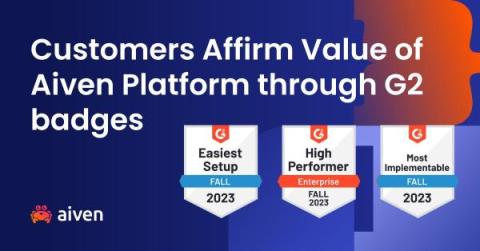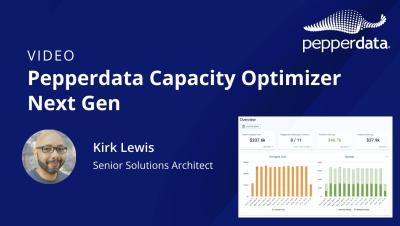Operations | Monitoring | ITSM | DevOps | Cloud
Analytics
Unlocking the Future of Kafka with Tiered Storage: Expert Insights and What's Next
How We Did It: Data Ingest and Compression Gains in InfluxDB 3.0
A few weeks ago, we published some benchmarking that showed performance gains in InfluxDB 3.0 that are orders of magnitude better than previous versions of InfluxDB – and by extension, other databases as well. There are two key factors that influence these gains: 1. Data ingest, and 2. Data compression. This begs the question, just how did we achieve such drastic improvements in our core database? This post sets out to explain how we accomplished these improvements for anyone interested.
Predictive vs. Prescriptive Analytics: What's The Difference?
An Introduction to Cloud Unit Economics in FinOps
The cloud’s elasticity—the ability to scale resources up and down in response to changes in demand—as well as variable cost structures offer significant advantages, enabling enterprises to move from rigid capex models to elastic opex models where they pay for what they provision, with engineers in control and focused on innovation, becoming true business accelerators.











